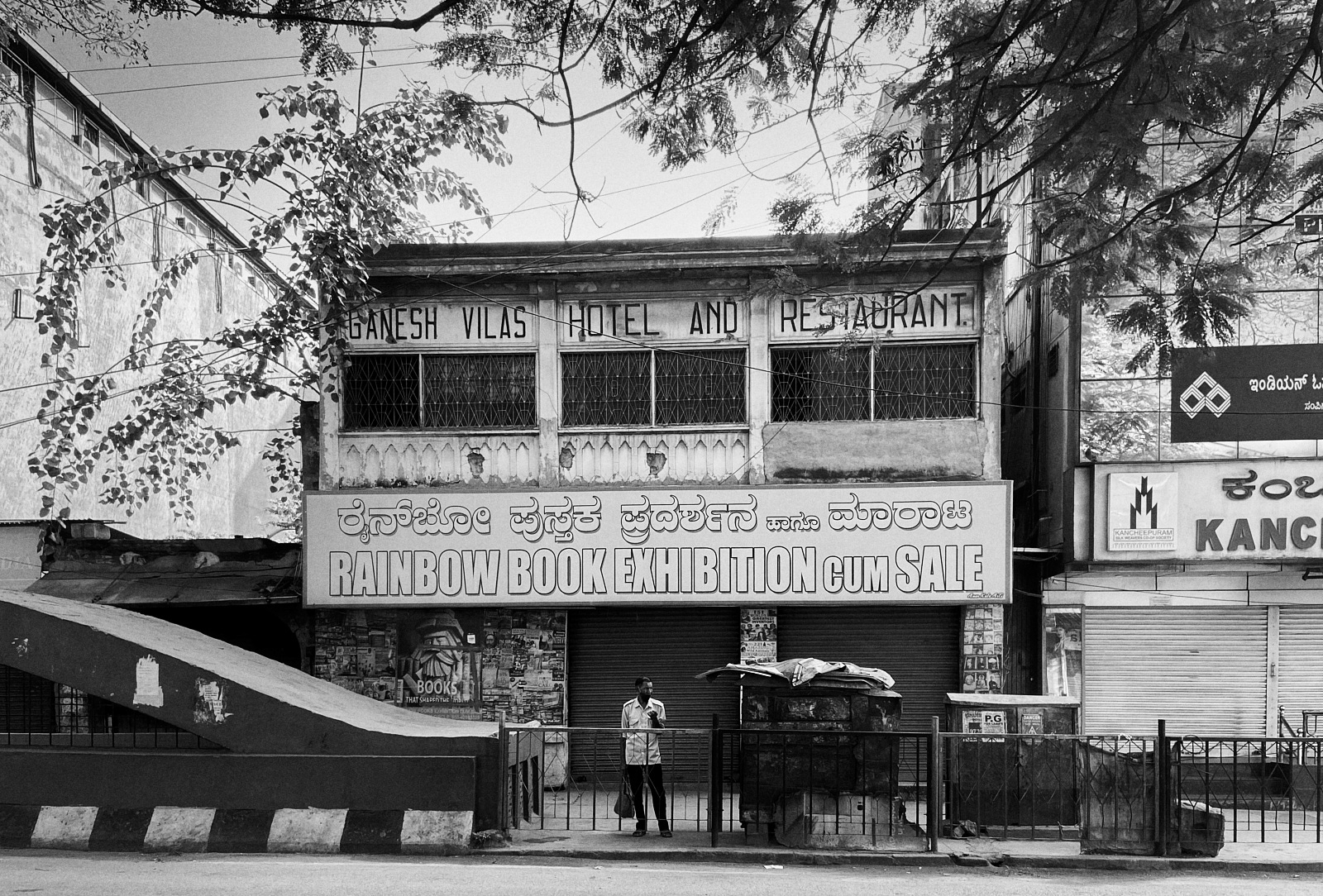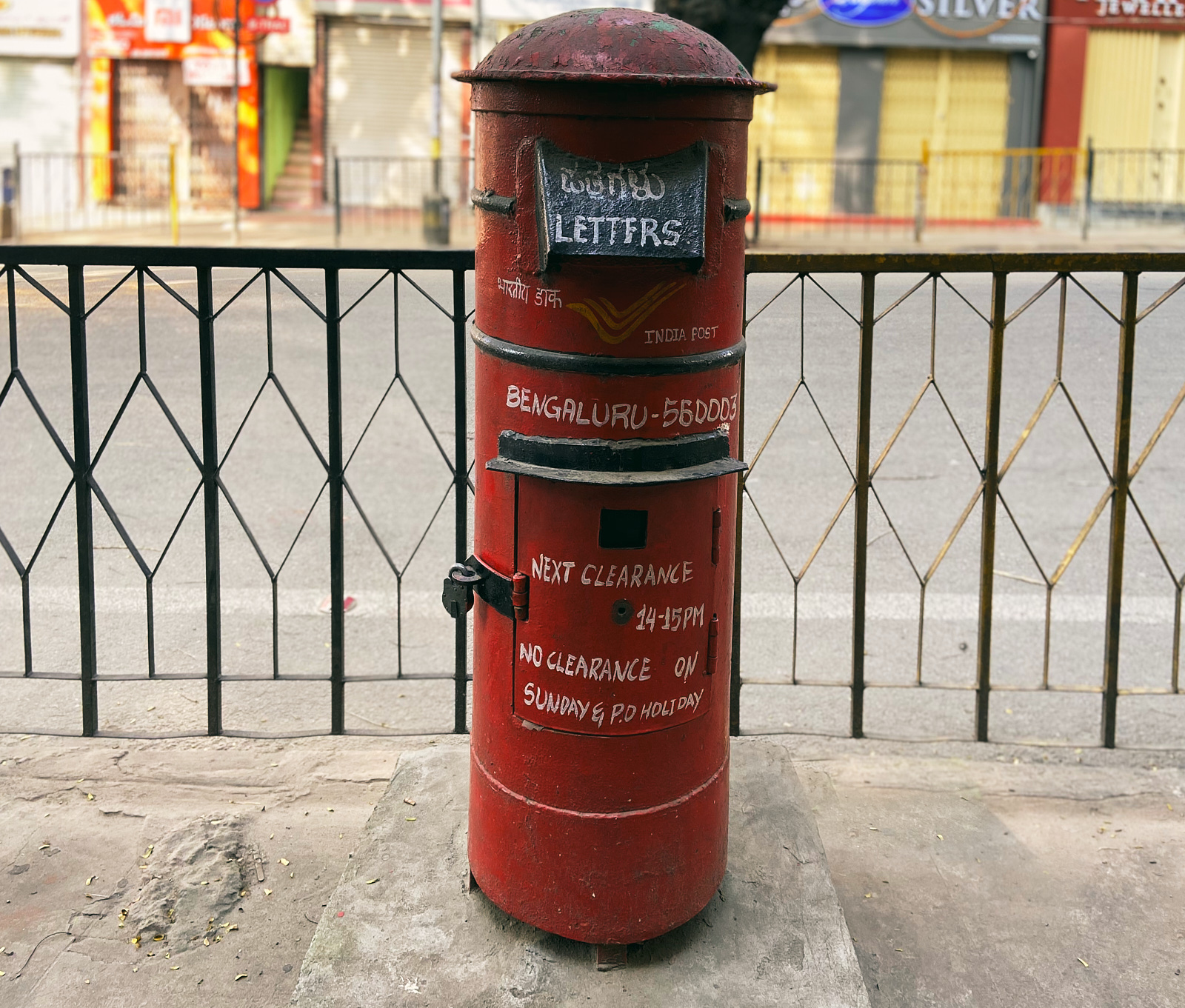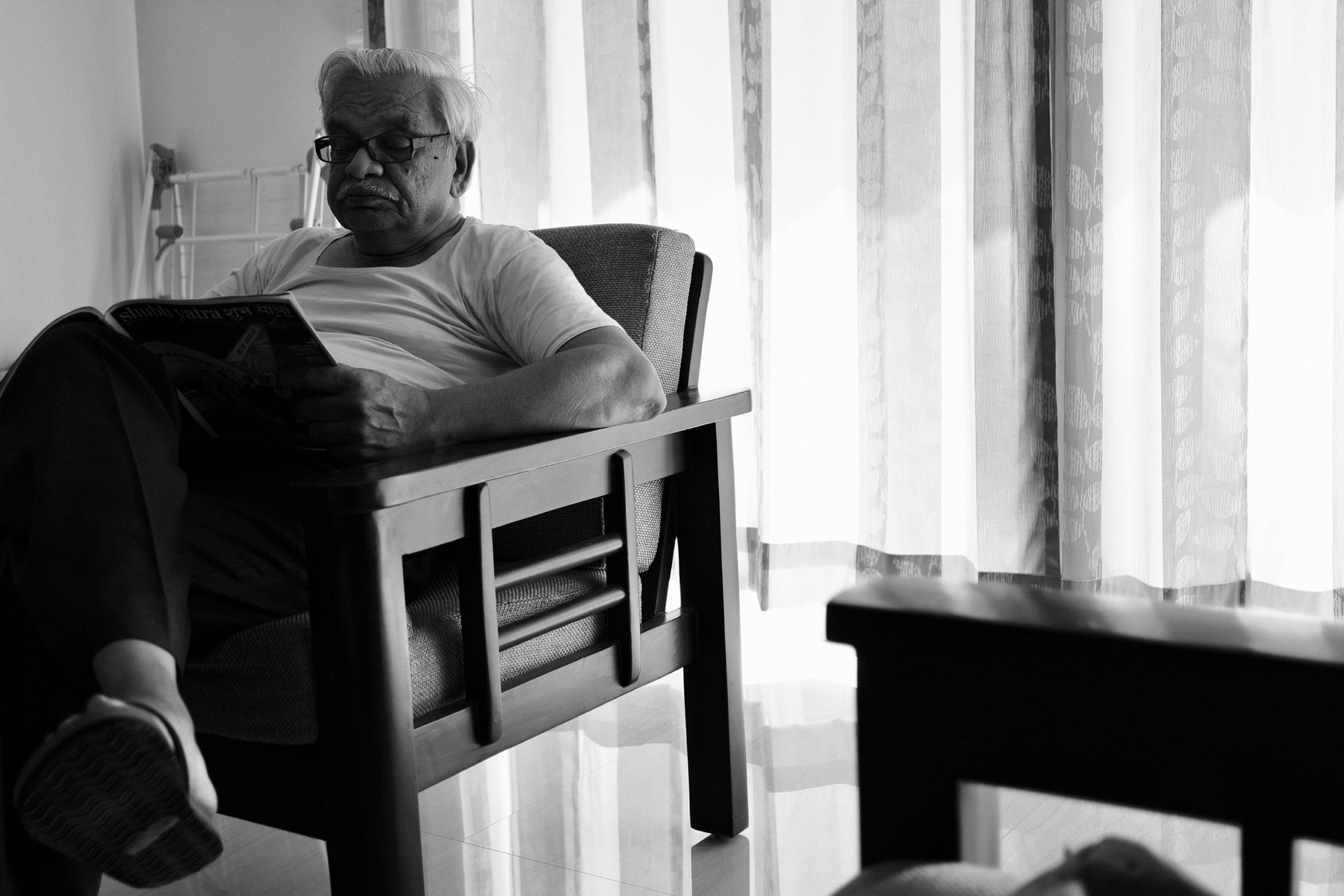It used to be that I could write my way out of sadness. Not a particular sadness, but that all compassing, persistent layer that sits above everything and barely lets anything past. I would pick up the old notebook, open a fresh page and let the pen glide and dictate. But try as much as I can, I am unable do that these days. The pen acts as if its set in concrete. Keyboard and screen are a poor substitute. Sadness requires you to feel what you write. That physical contact with paper, the calm, familiar sound that a nib or a point make. Both have a rhythm and metronome that propels you forward and deeper into drawing out whatever is causing the sadness.
So I’ve taken to making bowls of ramen.
At first, just like writing, it seemed an odd choice, full of difficult things to wade through despite the end product being simplicity itself. And like writing, it takes practice to make a good bowl of ramen. (Unlike writing, where a certain kind detachment to the world can and does help, making ramen means being fully immersed. There is no off switch.)
To make a good bowl, it takes a day.
One starts with the broth — a big pot of water, some 10-12 cloves of garlic, a 2-inch cube of ginger, 2 large onions, a handful of carrots and celery, dried mushrooms of any kind, plenty of salt and pepper and the magic ingredient, sea kelp. The first time I made dashi, the ramen broth without kombu, it was utterly insipid, a bit like INXS without Michael Hutchense.
To bring all of this to a rumbling boil takes time, lots of time — an hour atleast. Time for you watch the steam escape and ruminate on the sadness that wraps around your heart like a damp, tight shirt in the summer. Making dashi is perfect for those times within the great sadness when you just want to stew in it. You don’t want to get out it, you don’t want to talk about it to anyone, you just want to be with your sadness and let it steep you with whatever it has got. Then you add dark and light soya to the broth which muddies up the whole thing. Which is perfect because at this point you really aren’t sure about what to do with your sadness, so you go do something else, like watch Anthony Bourdain eat great quantities of offal and enjoying it.
The muddy broth keeps on simmering. 2 hours, 3 hours, 4 hours. Then you’ve had enough of Tony Bourdain so you switch off the gas and think about what’s next.
Noodles for the bowl can’t be made when faced with this dull, encompassing kind of sadness. For that you need a brief flash of anger, a moment of deep regret and the ensuing sharp sadness. It has to be directed at someone or something. Most people would describe making udon a very zen like process. It is. But it is precipitated by something entirely un-zen like.
So you wait until the next day. Or two days. Or three days. When inevitably the sharp sadness comes on, directed at things real and unreal, people real and imagined. This is when you need to get on with it. You have at most an hour or two before the sadness is blunt. A good udon takes three or more.
First, the dough needs to be combined. This is not as easy as it sounds. Chapati/Roti dough making is violent — you stretch and pull with all your might. Here, you can’t. Brute strength will only make the dough too stretchy and therefore too chewy in the end. You go about it with a cadence, that for lack of a better word, you’d call effiminate.
Then you seal it in a plastic bag and let it rest for half an hour. Half an hour later, you cover the bag with a nice thick cloth, lay it out on the floor and “knead” with your legs. This sounds like fun and it is, for maybe thirty sec, then you start worrying about whether you are overdoing it. Your sadness meanwhile is confused. It has worries of its own. It feels like it is losing its battle, but then it finds new vigour and attacks the vanguard. At this time, you slow down and focus and wait for 2 minutes for the dough to rest. You then take the dough out, roll it into a ball, put it back into the bag and set aside for half hour again.
Knead. Repeat. Knead. Repeat. Fun. Sad. Fun. Sad.
Now comes the rolling. At this point, the sadness more confused than ever, its vanguard attacks failing tries something different. It attacks you deeply, questioning your competence to do the next task. When one writes, there is a point in time in the whole process where everything seems to be in place, yet nothing is done and you are lost and on the verge of tearing up the pieces of paper. This is that time.
Rolling is daunting. True masters roll dough with the precision of a calliper and the economy of a ruler. The goal is get to an even 3mm thickness. The key to this is dividing the dough into a lazy grid. You focus on making each square and its adjacent square as perfectly level as possible. Then the next set and then next one and so on. This is where you’ll fail the most initially. There will be an unexpected lump that wouldn’t flatten, an unseemly tear that will mean starting from scratch, some extra flour on the rolling pin that will mysteriously distribute itself unevenly across. Each of these, an extra arrow in the sadness’s quiver.
The sadness has followed me for close to two years. I’ve gotten to 5mm in that time.
They say that attack is the best form of defense, so you take up a sharp knife, preferably a cleaver, and cut through the dough and the fog of grief and anger. You transfer the rolled out dough carefully to a flat, raised board and fold in half gently. Any loss in focus here is disaster as the dough can break, ruining your ramen forever and pushing you to more despair.
Take a steel ruler and line it up along the edge of the dough, 2mm in. You should picture a strand of noodle before you take the cleaver down. Do it once. Move the ruler another 2mm in and take the cleaver down. You’ll know have a few strands of noodles. The sadness will scream inside of you — it knows its being defeated, it will fight back, but the cleaver means business. Slowly, but surely, the rhythm and metronome of pen on paper beings to appear in the cleaver and ruler. The sounds are remarkably same.
After a while, the sharp sadness is gone and you are left with a fresh batch of noodles. You bring to boil another pot of water, but now the steam doesn’t make you ruminate — it’s time will come again. You drop the noodles in for 3 minutes and immediately after, put them in a bowl of ice water. Good noodles should be cold, just as your heart as is when you’ve managed to deal with the sadness and won a small victory.
When you retrieve your broth from yesterday or the day before, it will stare back at you with the sadness that went into making it, but you no longer care about that. You heat it up, drop the cold noodles in and be surprised at the warmth it spreads through you.


